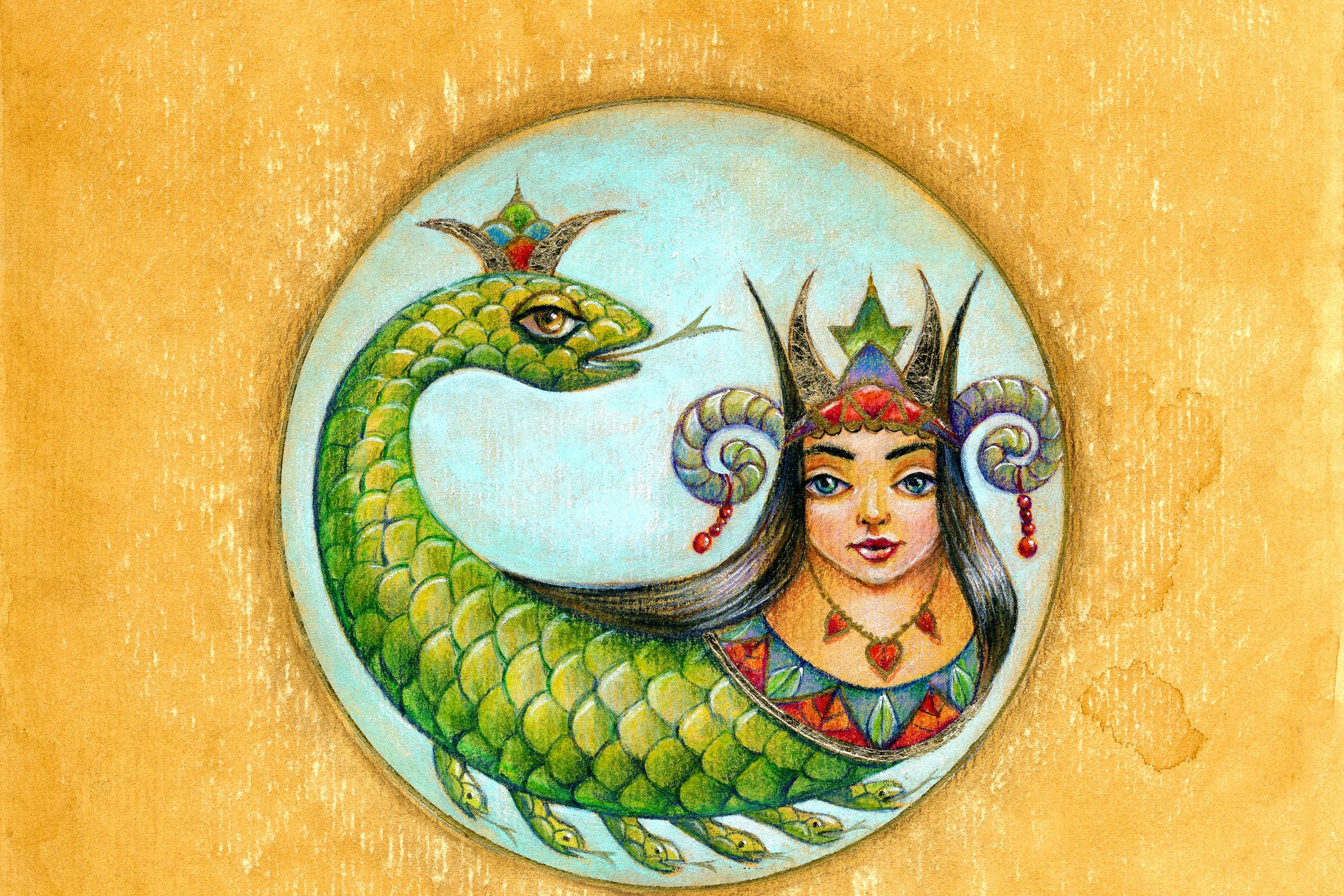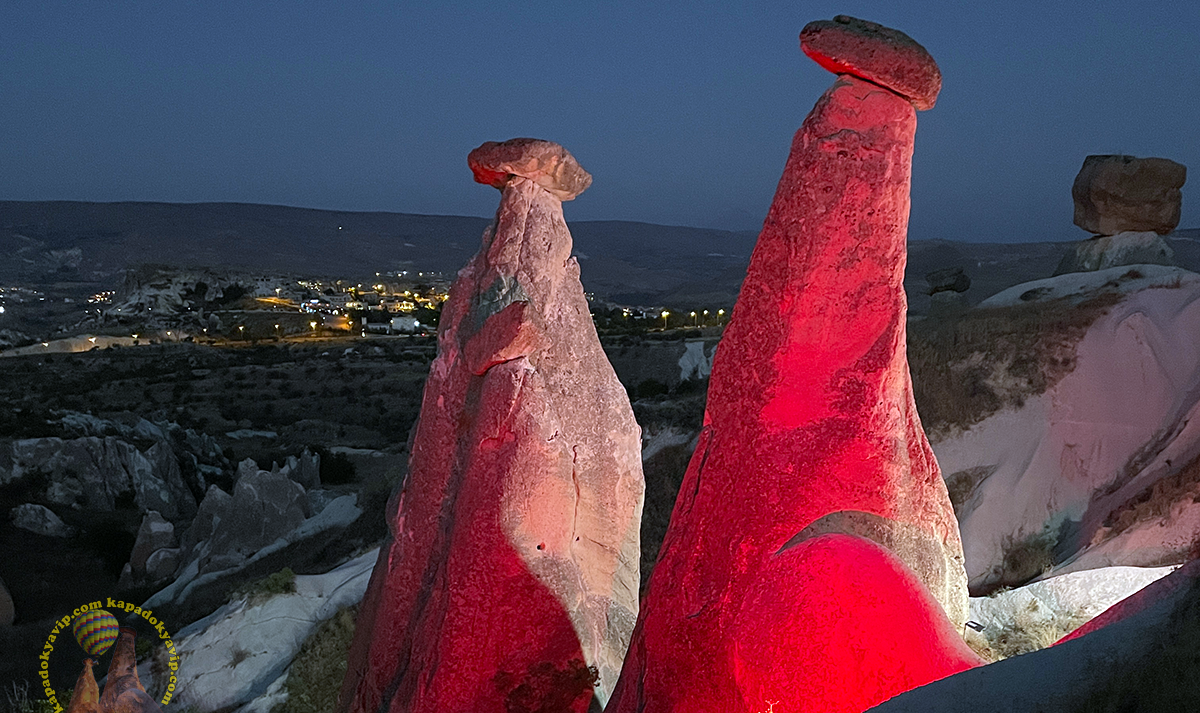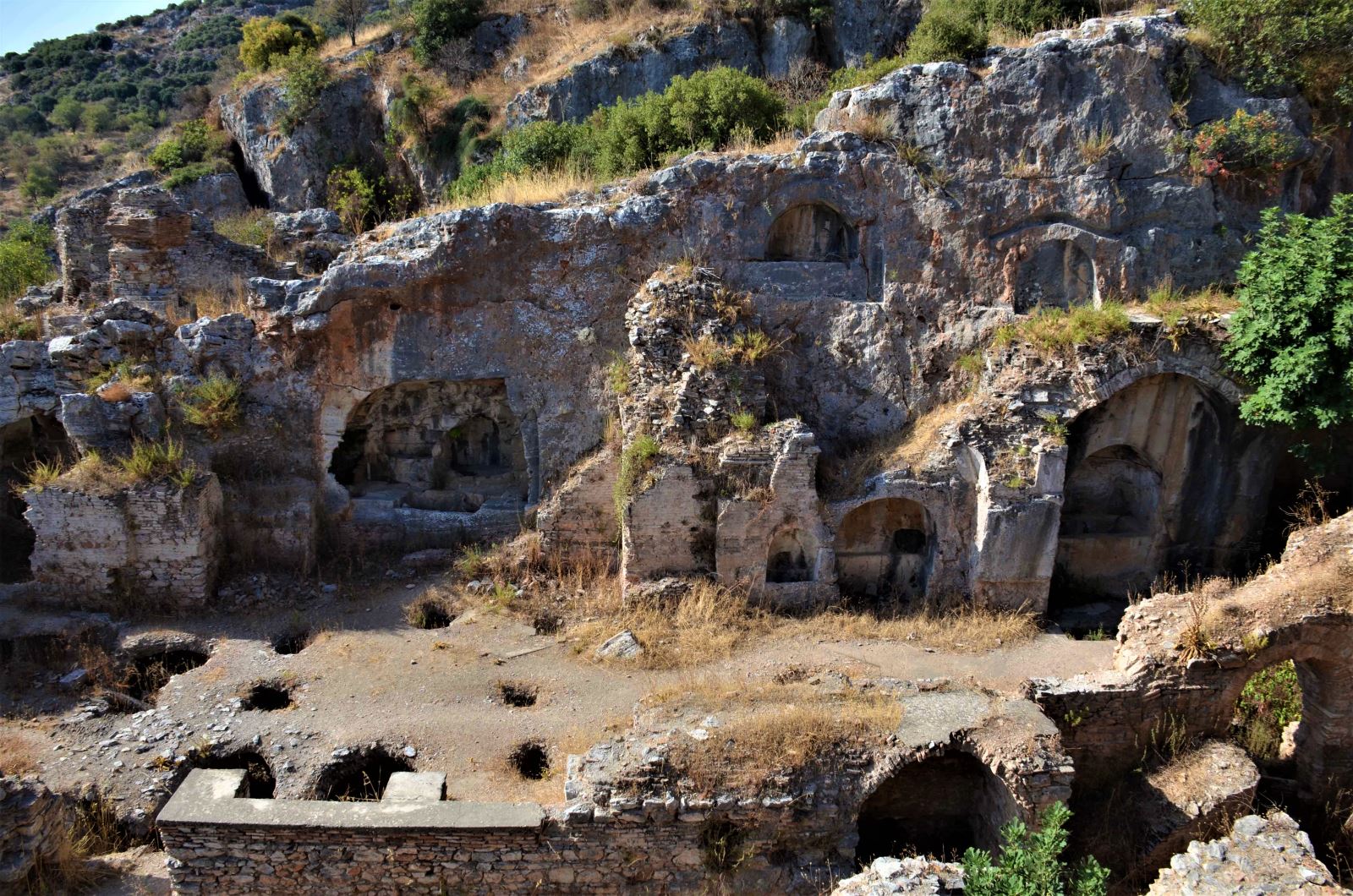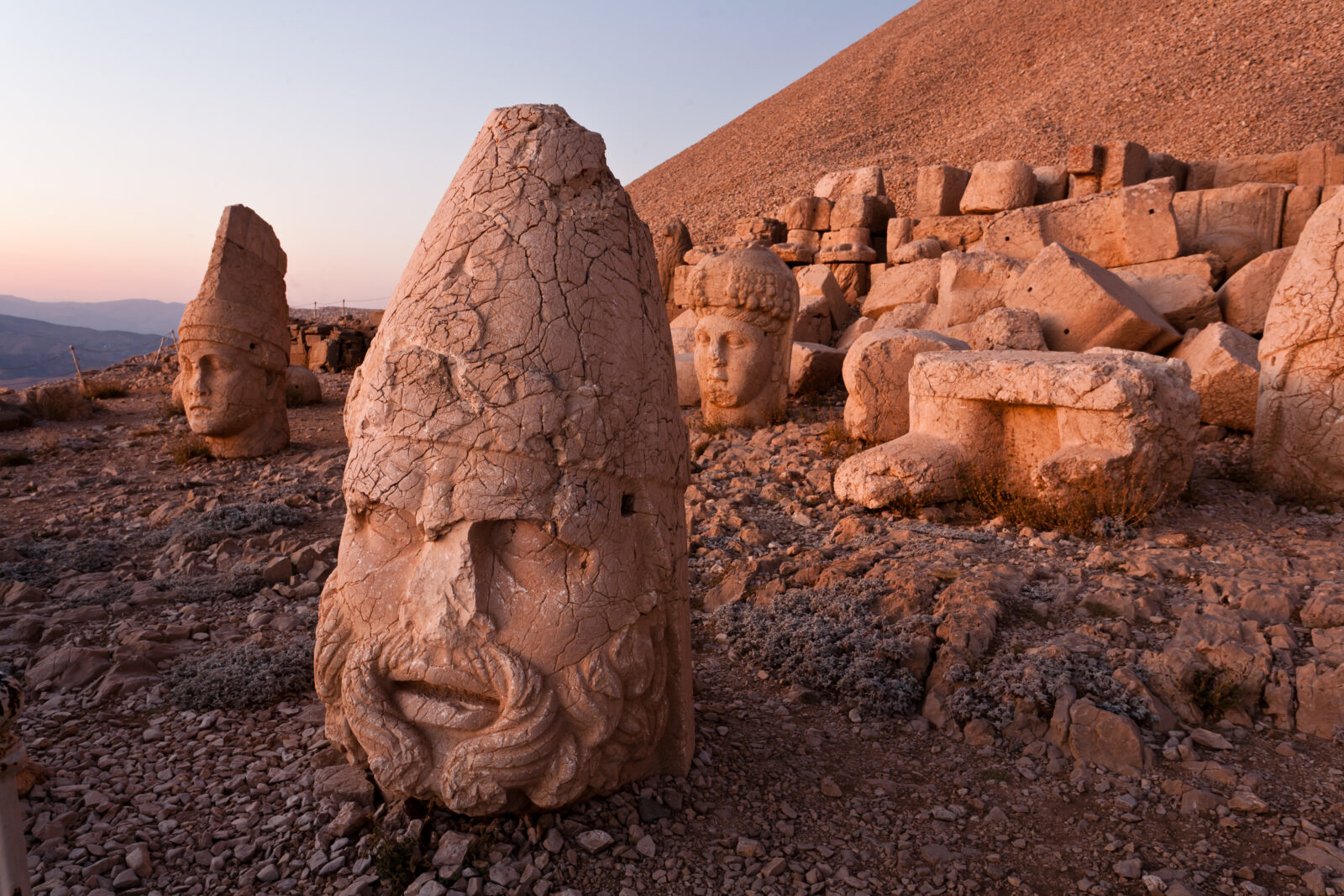5 little-known Turkish myths and legends you need to know
 Silhouette Trojan Horse structure which can be found in the archaeological site near Canakkale, Türkiye. (Adobe Stock Photo)
Silhouette Trojan Horse structure which can be found in the archaeological site near Canakkale, Türkiye. (Adobe Stock Photo)
Turkish myths and legends have captivated generations with their timeless tales, yet many remain unfamiliar to the wider world. These stories, deeply rooted in the history and culture of Türkiye, offer a fascinating glimpse into the nation’s mystical past and beliefs that shaped its identity.
In this article, we will delve into five lesser-known myths and legends from Türkiye, each reflecting the richness of Turkish folklore. These captivating tales are essential for anyone eager to explore the deeper, spiritual side of Türkiye’s cultural heritage.

Discover the myth of the Phoenix rising from the ashes
The myth of the Phoenix, known for its ability to rise from its ashes, holds a special place in Turkish myths. Though many associate this bird with Greek mythology, legends from Türkiye tell a unique version of the story. In Turkish culture, the Phoenix symbolizes rebirth, renewal, and the eternal cycle of life. The bird is said to live for centuries, only to burn itself and rise anew from the ashes, representing resilience in the face of adversity.
Legend has it that the Phoenix resides near Mount Ararat, the same mountain where Noah’s Ark is believed to have landed. This connection adds a sacred dimension to the myth, layering it with themes of hope and survival. Turkish people interpret this tale as a metaphor for enduring hardship and emerging stronger, embodying the resilient spirit found in many Turkish myths.

The captivating tale of Shahmaran legends from Türkiye
Shahmaran, a half-woman, half-snake figure, stands as one of the most intriguing Turkish myths. Known as the guardian of wisdom, healing, and protection, Shahmaran resides in an underground cavern filled with secrets. According to legends from Türkiye, a man named Cemsab encounters her, and she reveals her deepest knowledge to him. However, Cemsab betrays her trust, leading to her tragic demise. Before her death, Shahmaran predicts that her blood will heal the Sultan and bring prosperity to the land.
Shahmaran’s story has been passed down through generations, particularly in southeastern Türkiye, where it is often shared to explain the presence of snakes in the region. Today, Shahmaran continues to inspire Turkish art, literature, and even cinema. Her tale serves as a powerful symbol of wisdom and the consequences of betrayal, making her legend timeless and deeply significant in Turkish myths.

The legend of the Stone Girl in Cappadocia
Cappadocia is famous for its breathtaking landscapes, but few are familiar with the Turkish myths surrounding the legend of the Stone Girl. This myth tells the story of a young shepherdess who defied the gods in her desire to live freely and explore the valleys. In response to her defiance, the gods cursed her, turning her into stone as punishment.
To this day, locals believe that some of Cappadocia’s unique rock formations are the remnants of the Stone Girl, eternally watching over the land she once roamed. This legend, one of the many legends from Türkiye, highlights the mystical bond between humans and nature in Turkish folklore. The Stone Girl stands as a powerful reminder of the consequences of independence and defiance against divine powers in Turkish myths.

The Turkish myth of Mount Olympos
Mount Olympos, known in Greek mythology as the home of the gods, also has a significant place in Turkish mythology. According to Turkish legend, ancient deities would gather at the summit of Mount Olympos to make decisions about the fate of the world. This version of the myth demonstrates how cultures across the region have intertwined, with Turkish folklore absorbing elements from neighboring traditions.
Mount Olympos, located in the southwestern part of Türkiye, has been a spiritual site for centuries. Visitors who trek to the mountain can still feel the mystical aura that has surrounded it since ancient times. This myth shows how Turkish legends blend with the region’s history, making Mount Olympos a place where mythology and reality meet.

The legend of the Seven Sleepers in Ephesus
The legend of the Seven Sleepers tells the story of seven young Christians who fled persecution during the reign of Roman Emperor Decius in the 3rd century. They sought refuge in a cave near Ephesus, where they miraculously fell into a deep sleep that lasted for nearly 300 years. When they awoke during the reign of Theodosius II, they were unaware of the time that had passed. Upon venturing out, they discovered a world transformed, where Christianity had become the dominant faith of the Roman Empire.
This myth resonates in both Christian and Islamic traditions, symbolizing faith, endurance, and divine protection. The cave near Ephesus, believed to be the resting place of the Seven Sleepers, continues to draw pilgrims seeking spiritual insight. The story serves as a reminder of the strength of faith and the possibility of miraculous events, making it a lasting legend in the cultural and religious history of Türkiye.

Embrace the magic of Turkish myths
As you explore the rich tapestry of Turkish myths and legends, you’ll uncover more than just stories; you’ll find reflections of Türkiye’s soul, its enduring spirit, and its connection to the mystical forces of the world.
These legends, passed down through generations, invite us to experience the wonder, mystery, and wisdom that lie beneath the surface of this ancient land. Whether you visit Türkiye or immerse yourself in its folklore from afar, these tales will forever leave an imprint on your imagination, drawing you closer to the heart of Turkish culture.



